Today I went to visit with my sister Simo an enchanted place that was the scene of a terrible disaster which unfortunately recalls an equally avoidable tragedy that the city of Genoa has recently suffered: the collapse of the Morandi bridge on August 14 of this year. This kind of things happens when corporate interests put the lives of citizens at risk.
The Gleno Dam was a multiple-arch dam on the Gleno River in the Valle di Scalve in the northern Province of Bergamo. The dam was constructed between 1916 and 1923 with the purpose of producing hydroelectric power. It was mainly wanted by the Viganò in Milan, a cotton entrepreneurs family that were interested in receiving a wide amount of energy for their plants.
Unluckily a big portion of the dam failed and burst 40 days after its reservoir was full, on December 1, 1923, killing at around 500 people.
In 1921, due to a decrease in funds invested, the project design was changed from a gravity dam to a multiple-arch type. The design was approved and the multiple arch dam was constructed on top of the gravity dam foundation.
At 6:30 on the morning of December 1, 1923, a buttress on the dam cracked and subsequently failed.
The wave was announced by a violent movement of air that began the destruction, tearing the clothes of the builders who were working outside.
Within minutes, an estimated 4,500,000 m3 (3,648 acre⋅ft) of water gushed from the reservoir to the valley below. The villages in the valley below (Bueggio,Dezzo and Corna di Darfo) were completely engulfed and the flood waters finally stopped when they reached the Iseo lake.
Many were the causes of the collapse and all imputable to nefarious choices made in order to save money, starting from poor workmanship, the poor quality of the concrete used and the bad connection between the dam and its foundations. Additionally, the concrete was believed to not be completely cured when the reservoir was filled up. Reportedly, workers who complained about the construction techniques were fired.
To reach the Gleno dam you leave the car in Pianezza (1267 m) a fraction of Vilminore di Scalve. The trail starts near the village square close to a fountain. You then go up on foot on a beautiful mule track with steep hairpin bends until the path becomes almost flat: after a first part in the woods you get to a spectacular stretch dug into the rock overlooking the valley and shortly after you reach the ruins of the Gleno dam (1534 m) and the pond behind it. The walk takes about an hour but the panorama you enjoy both along the route and at the arrival completely repay the effort.
For the brave ones, there is another three hours walk that starting from the lake takes you to the Tagliaferri (2328 m.) mountain shelter which by the way happens to be the highest of the Orobie Alps.
Betti
How to get there via Google Maps:
Check out this wonderful video over on this page:
[socialWarfare]

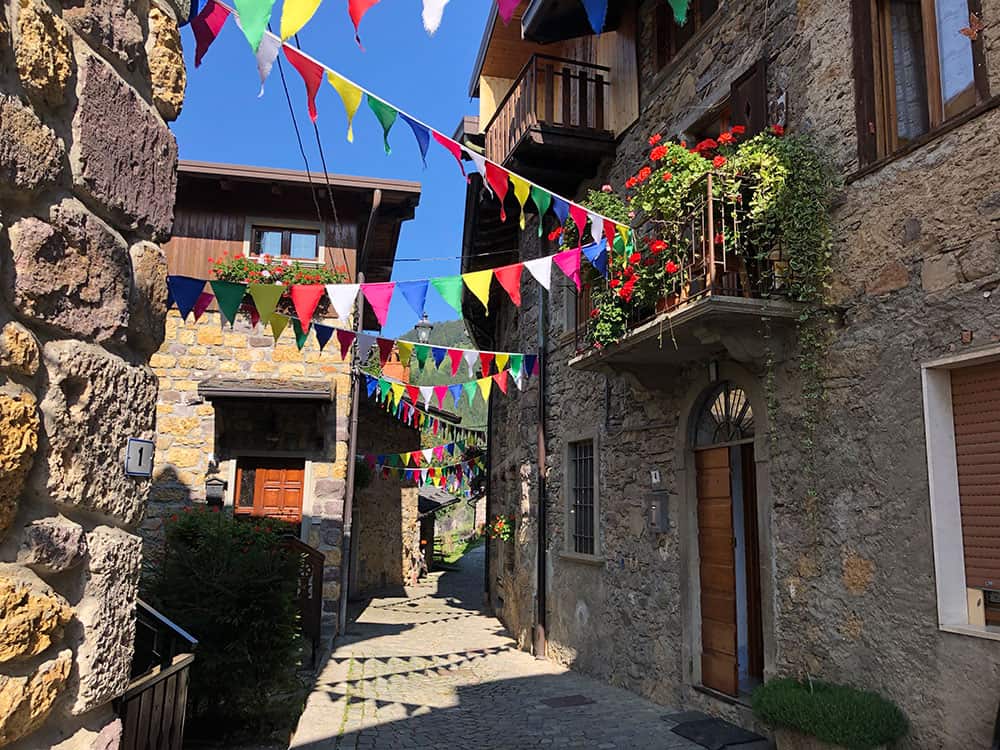
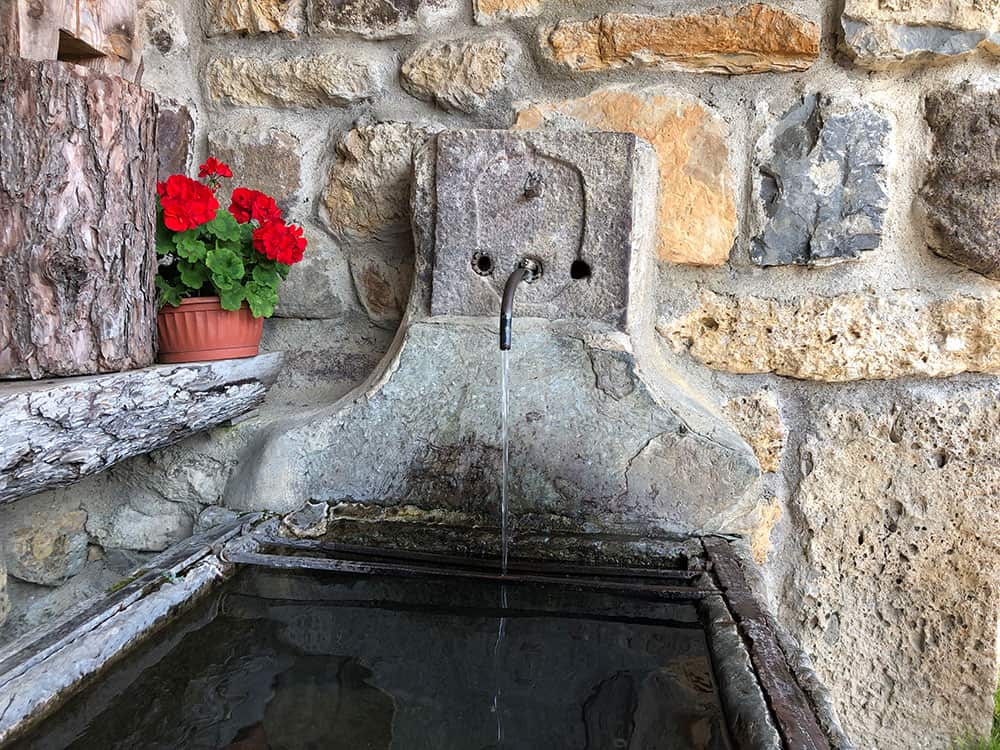
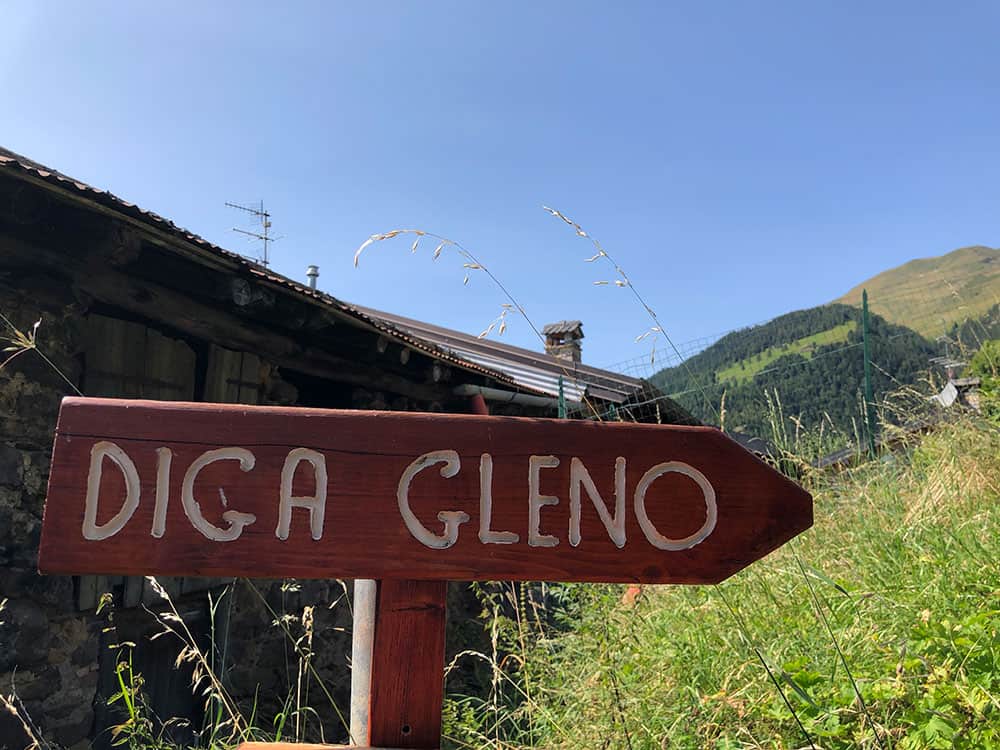
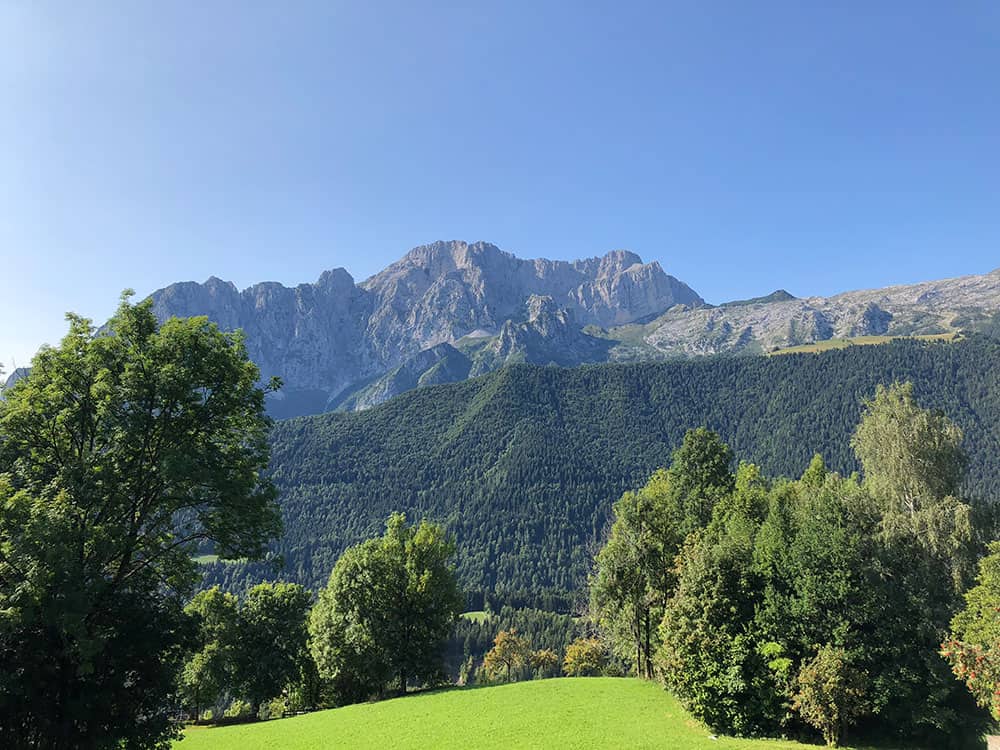
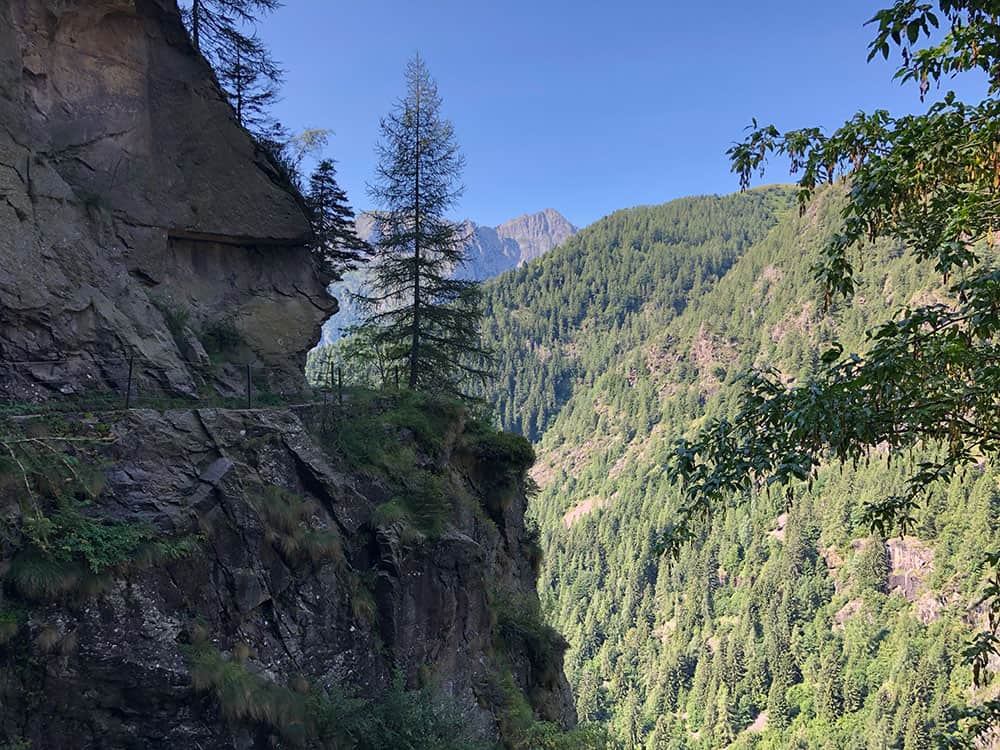
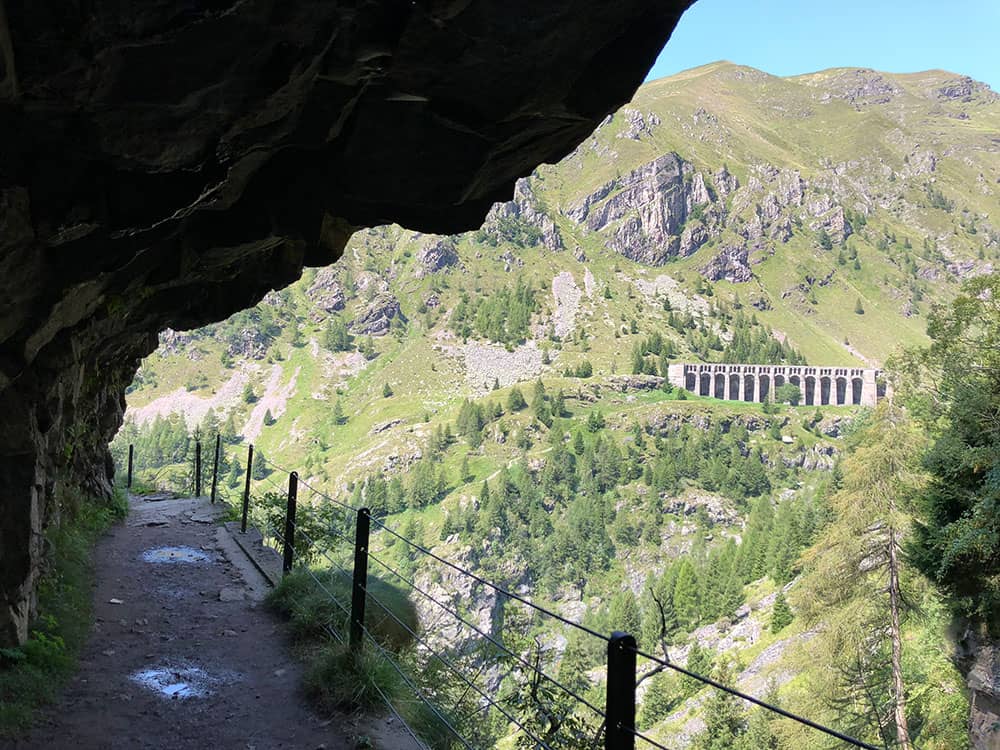
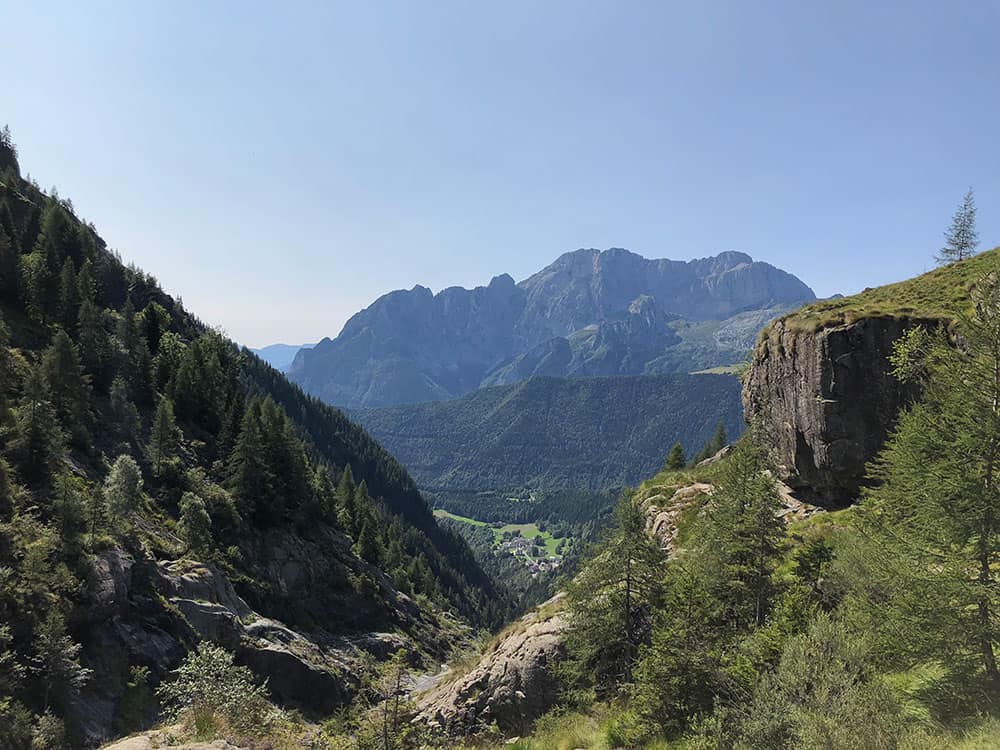
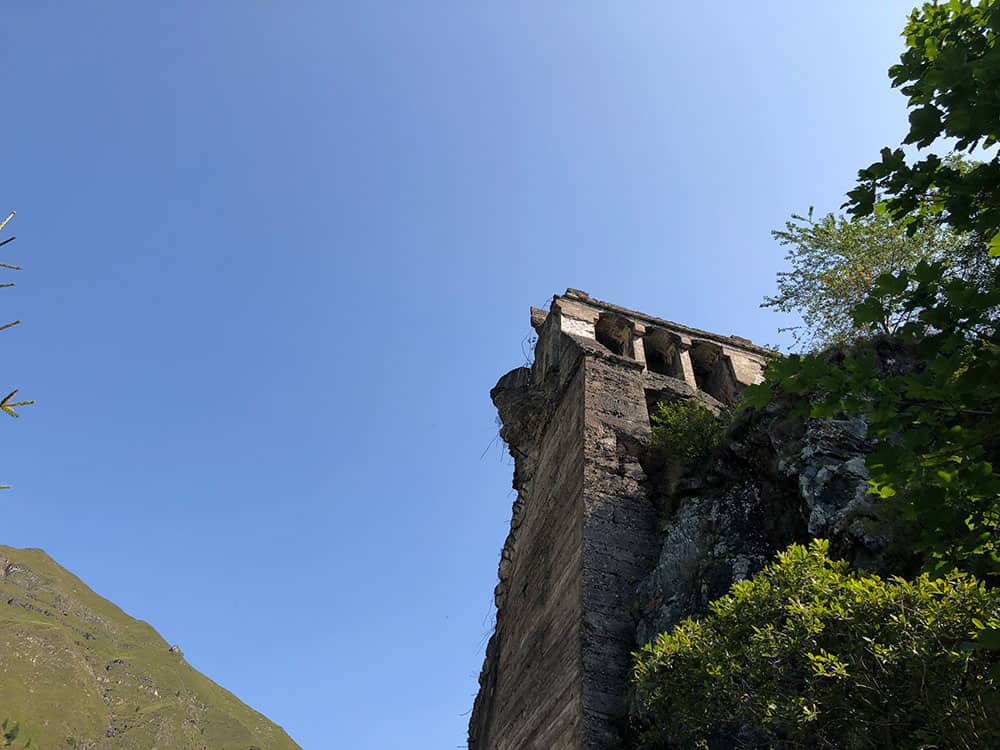
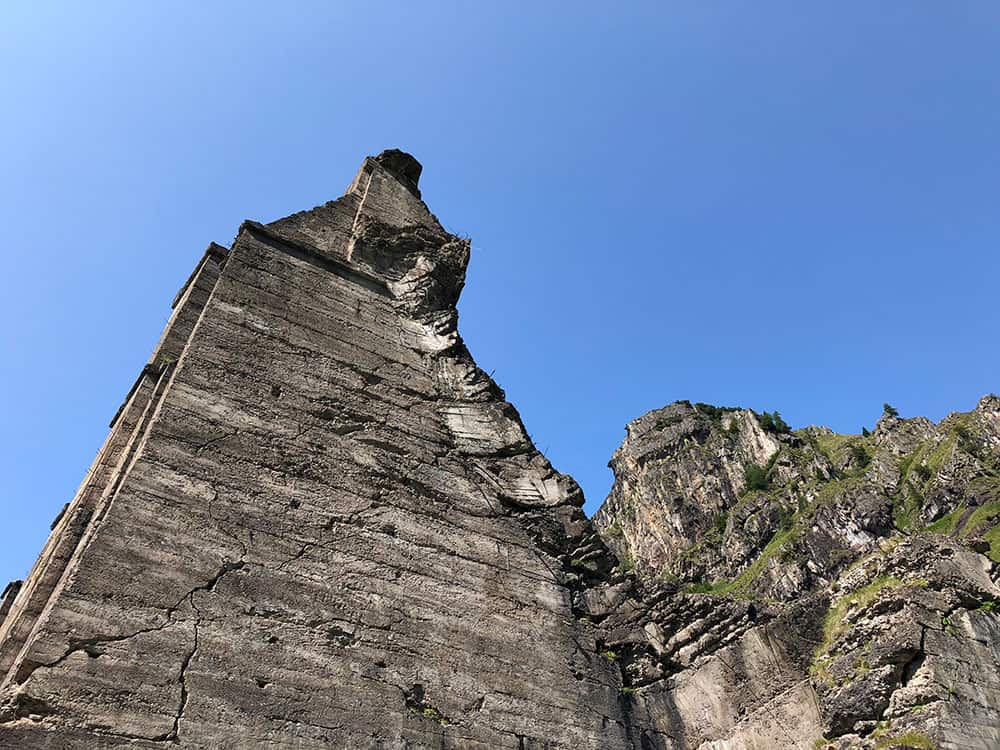
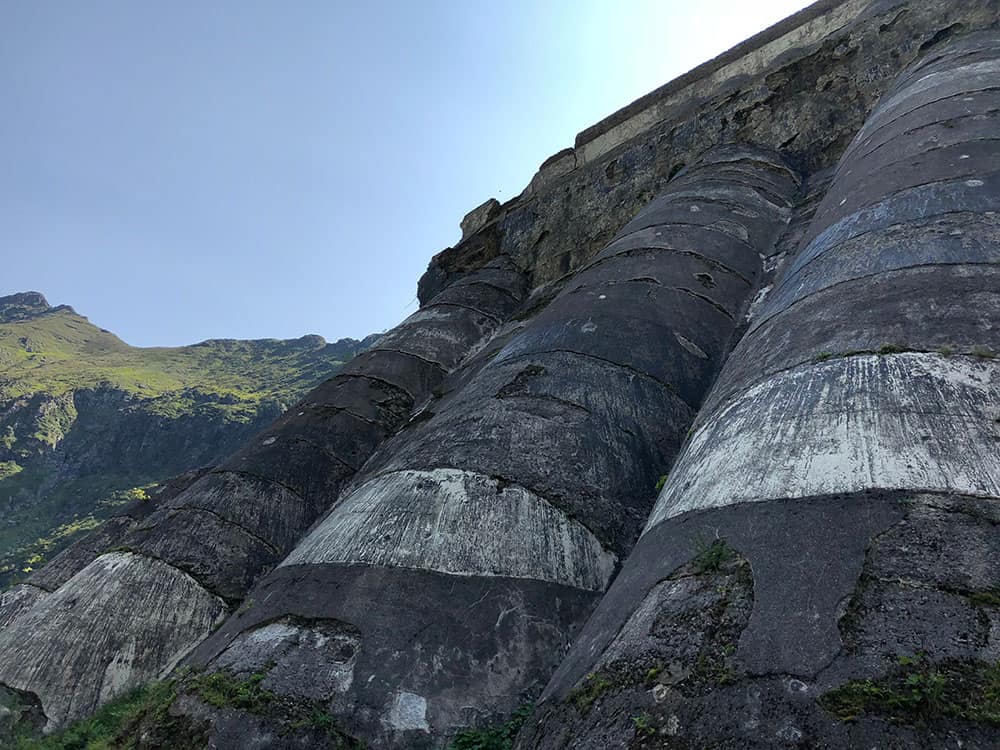
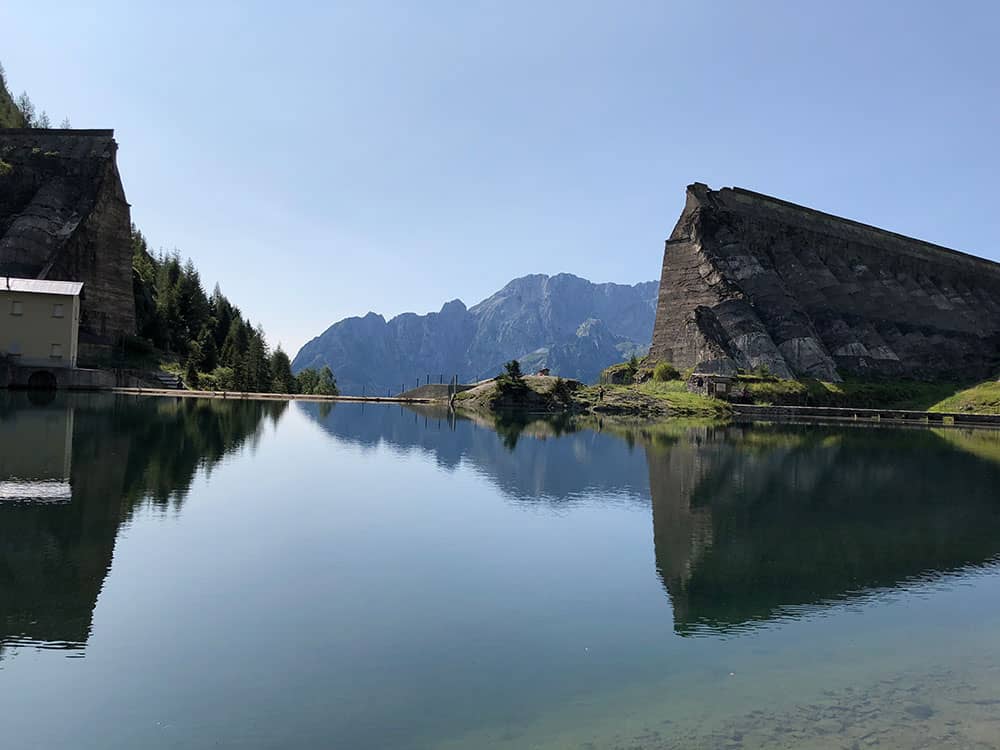
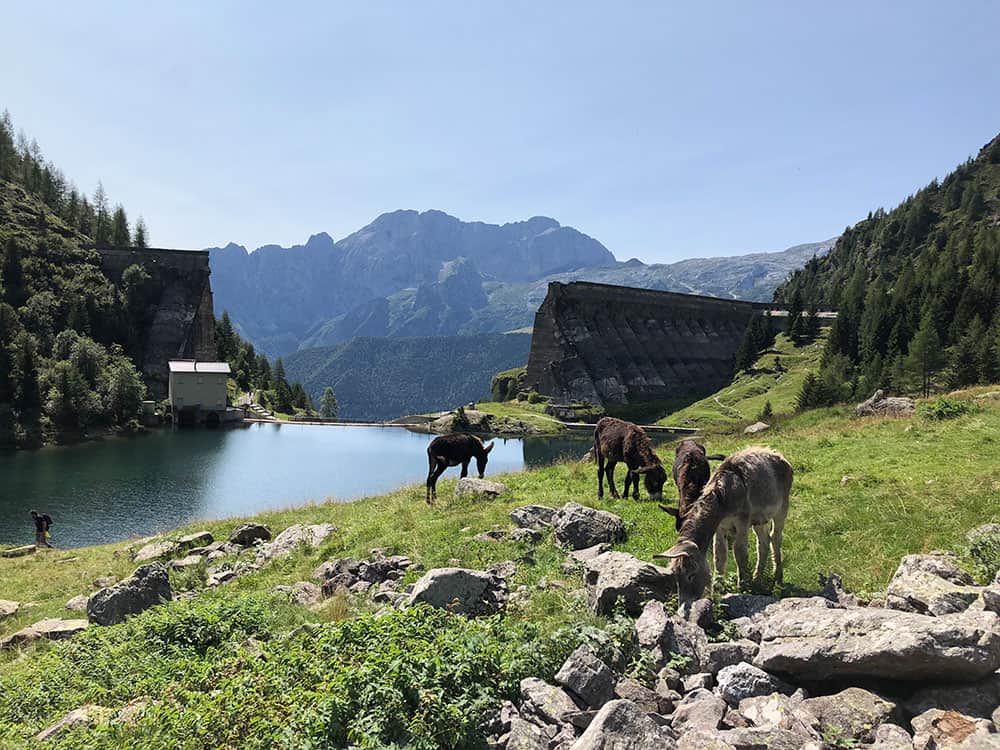
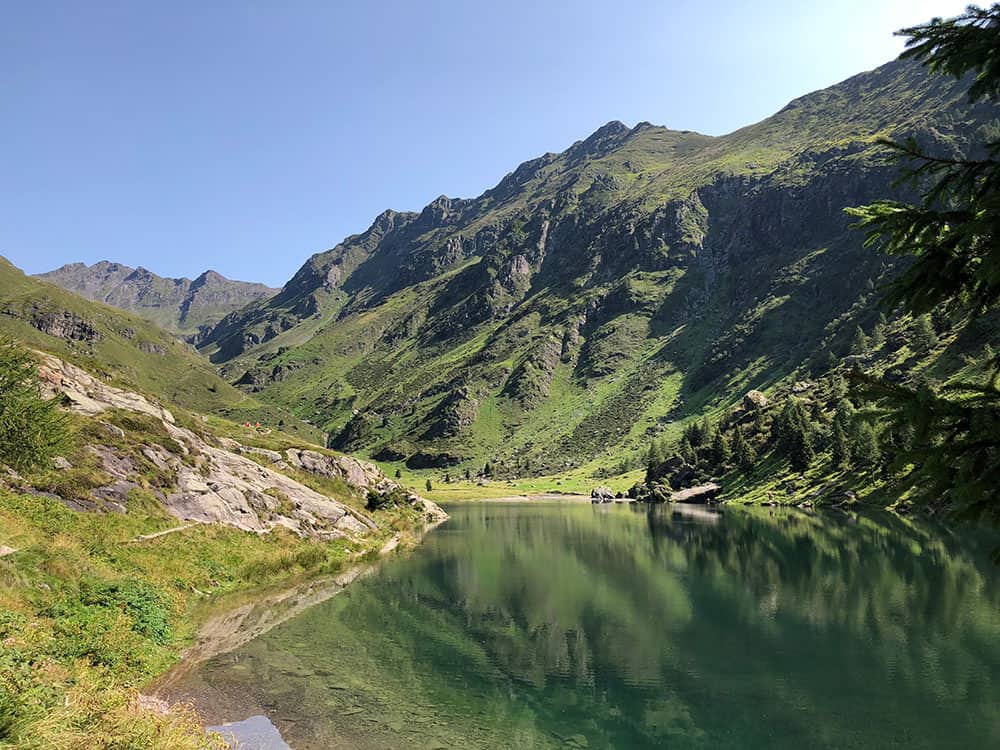
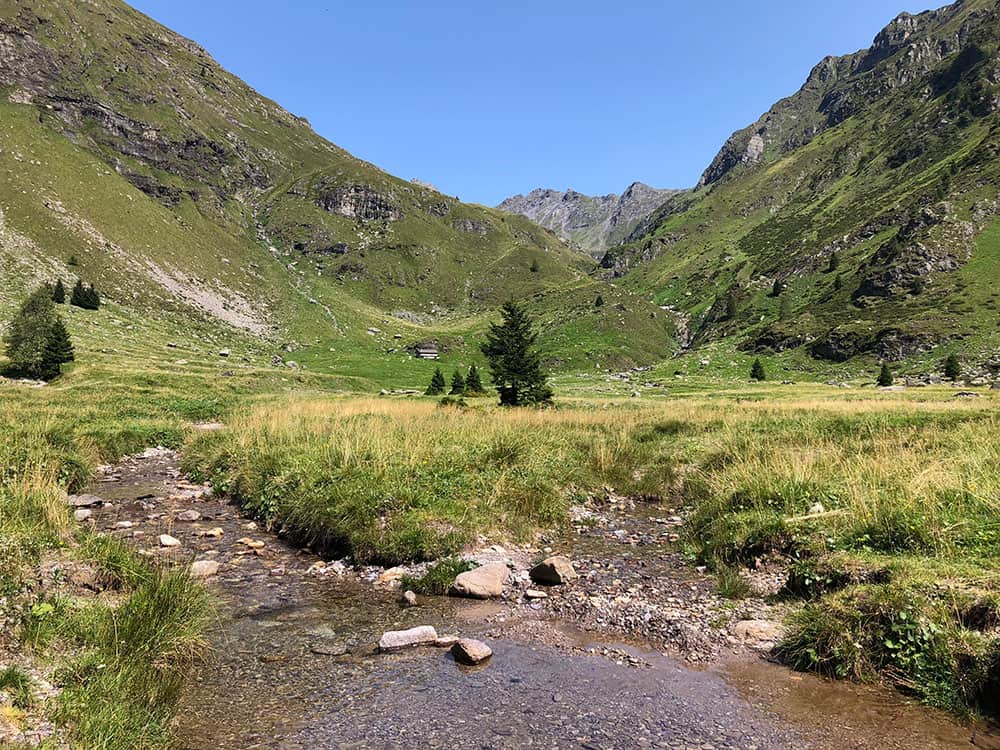
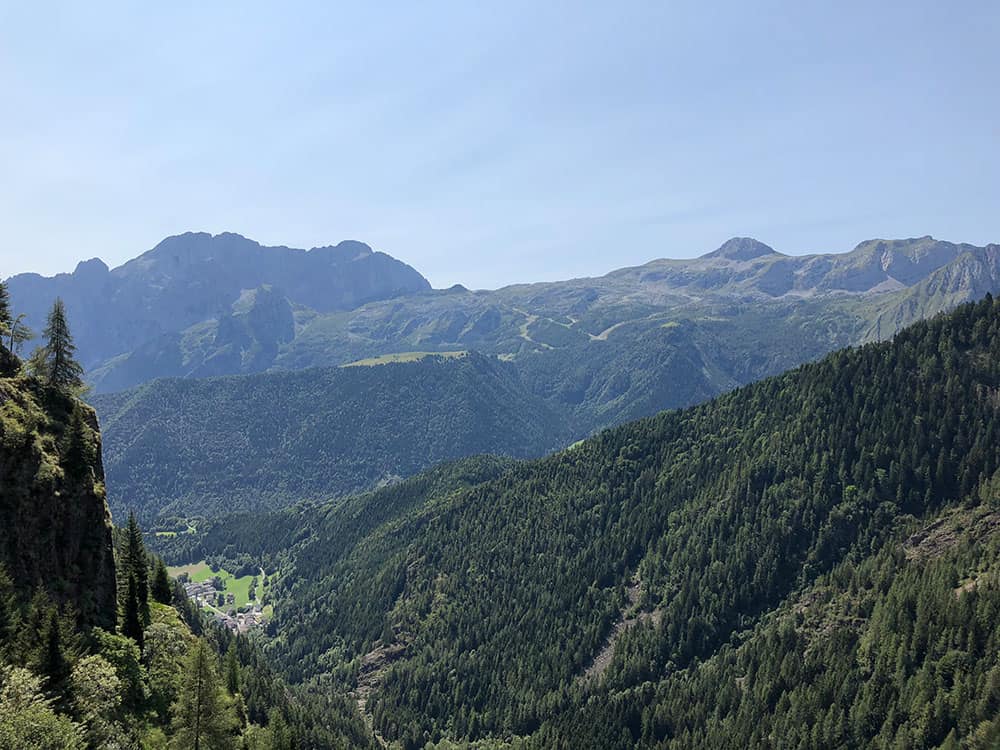
2 Comments
Heidi Hornlein
October 10, 2018The human tendency to save money for their own purposes – and at the peril of others – seem to be ancient. Thanks for the story and the photo. I didn’t know about it.
Similar things with the “earthquake safe” public buildings in Aquila, the school which collapsed and it came out that a good part of the material just wasn’t used to build it. Who knows where it ended up? Guessing allowed.
Nazim
October 11, 2018You are so right. Specially in these changing times in which money seems to be the only game in town. The collapse of the bridge in Genoa falls under the same category as Betti has mentioned in this article. Corruption is a terrible evil!
Thank you for your comment and your support.
Nazim